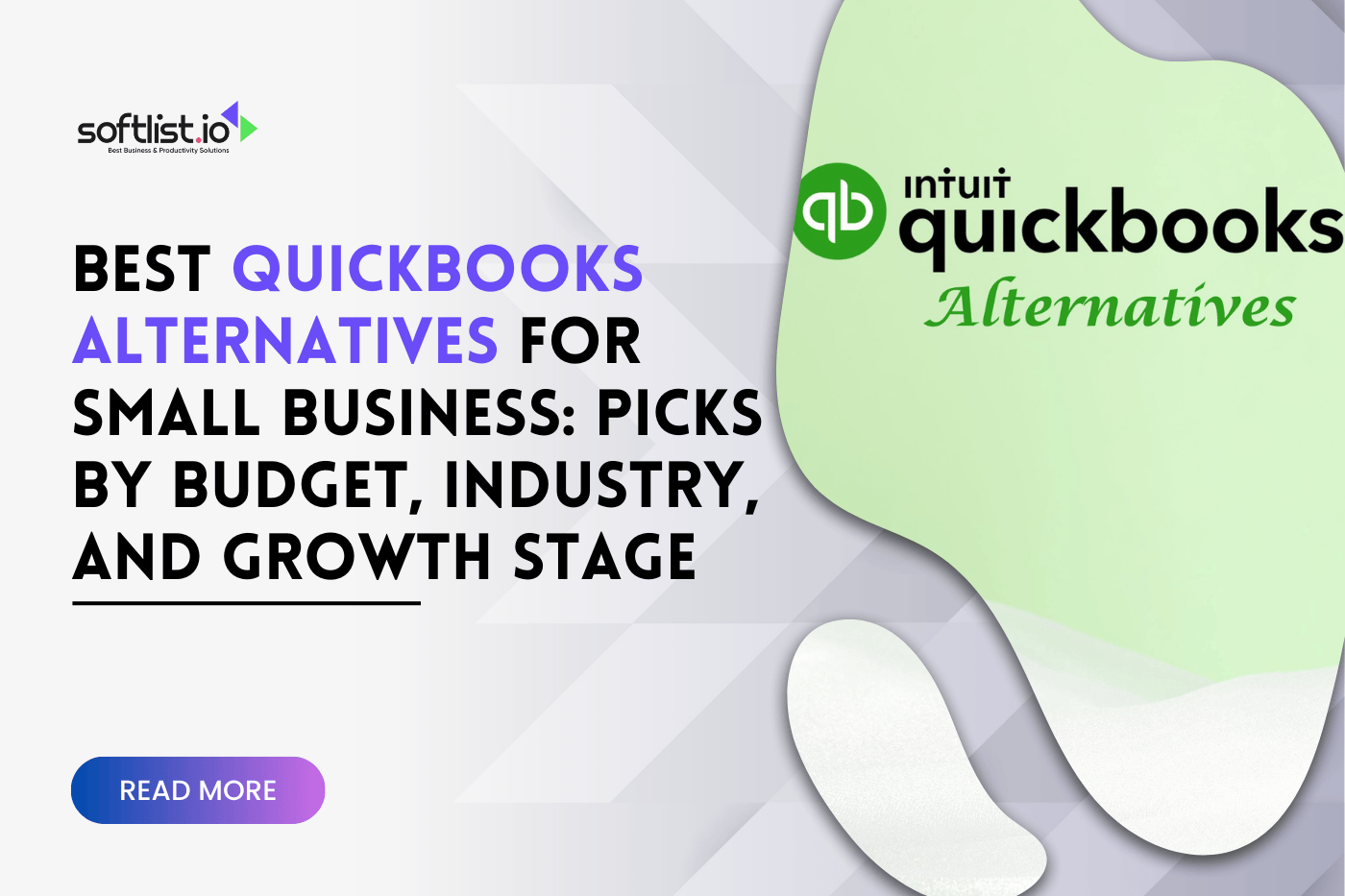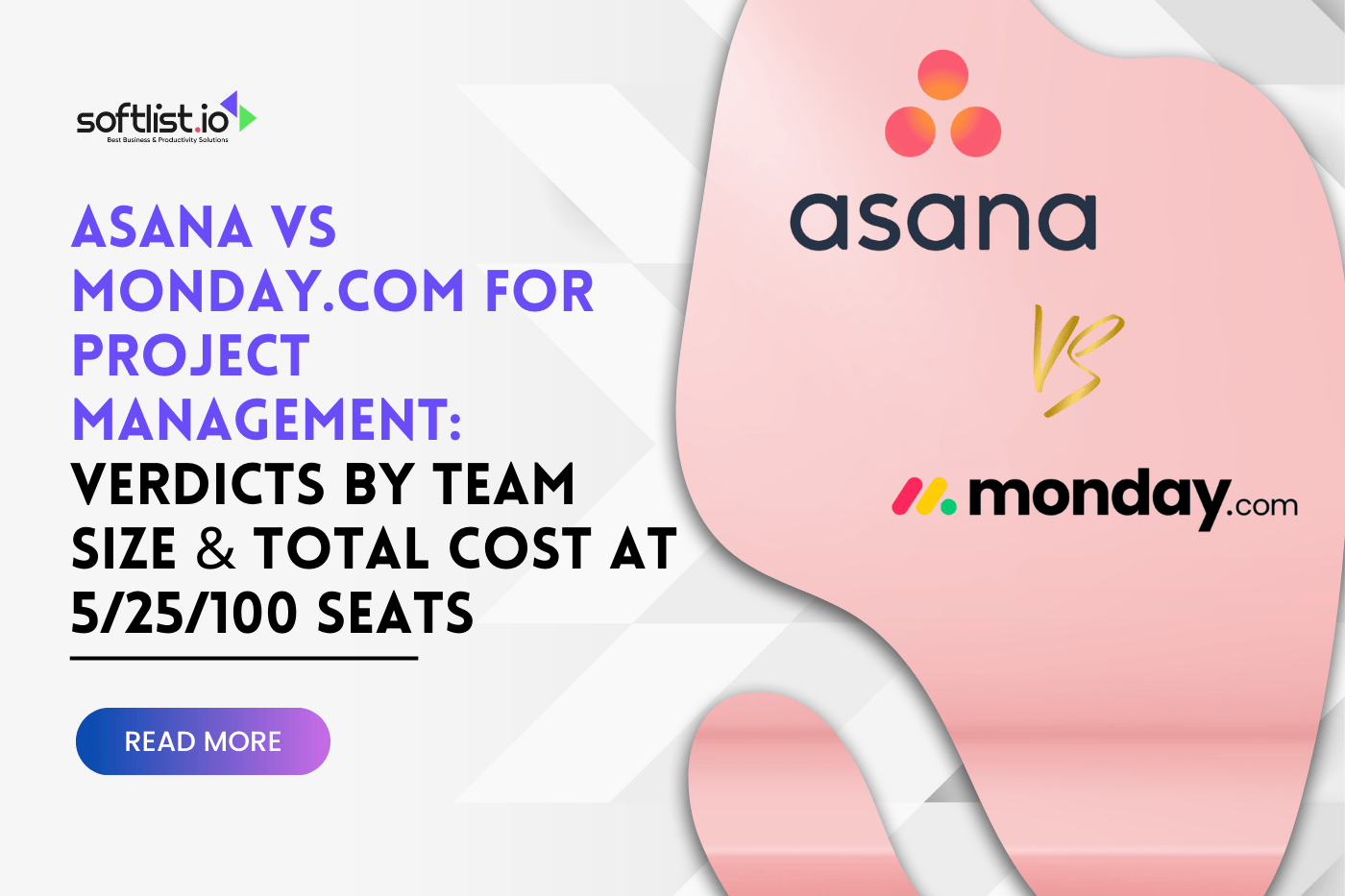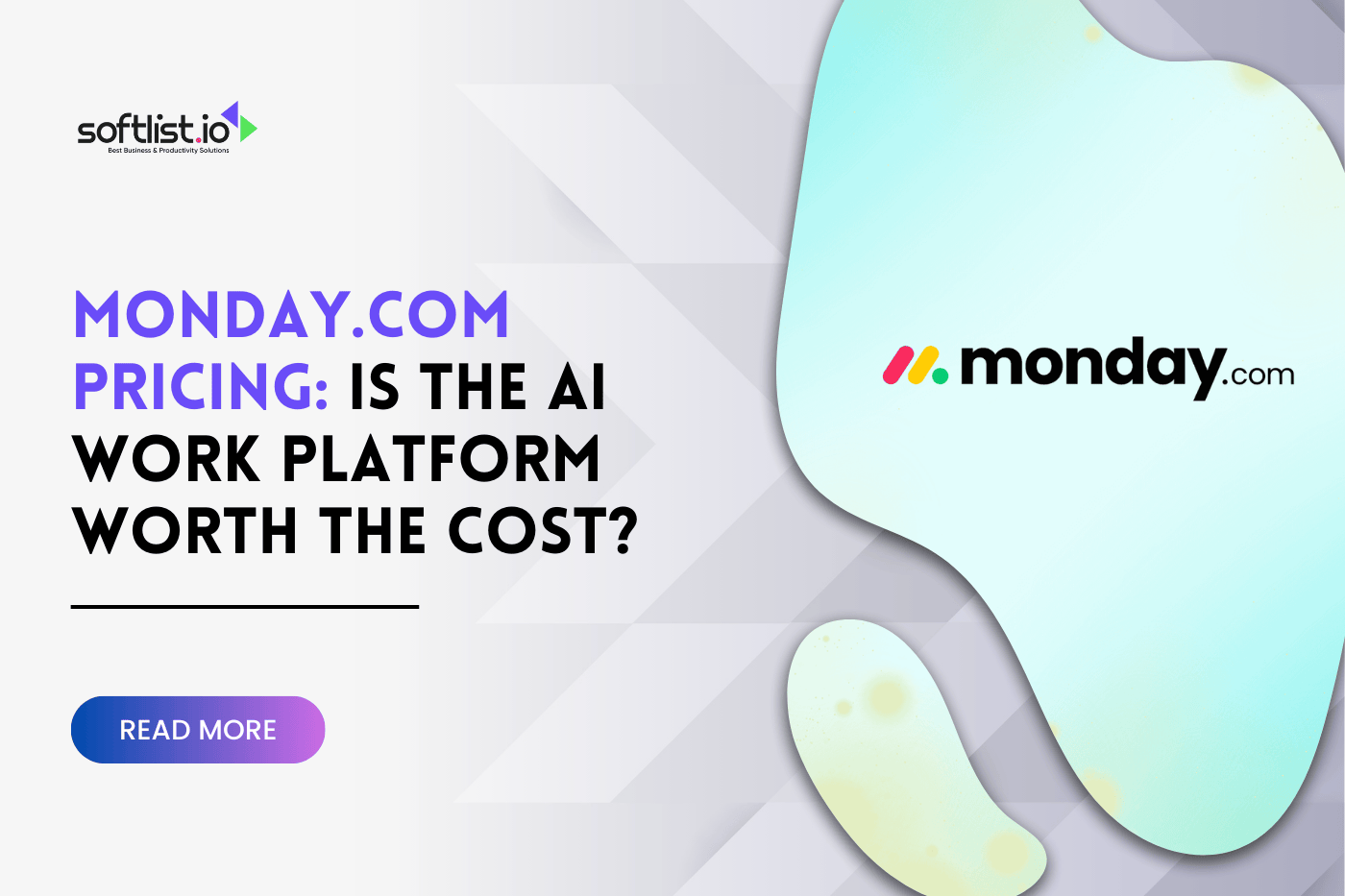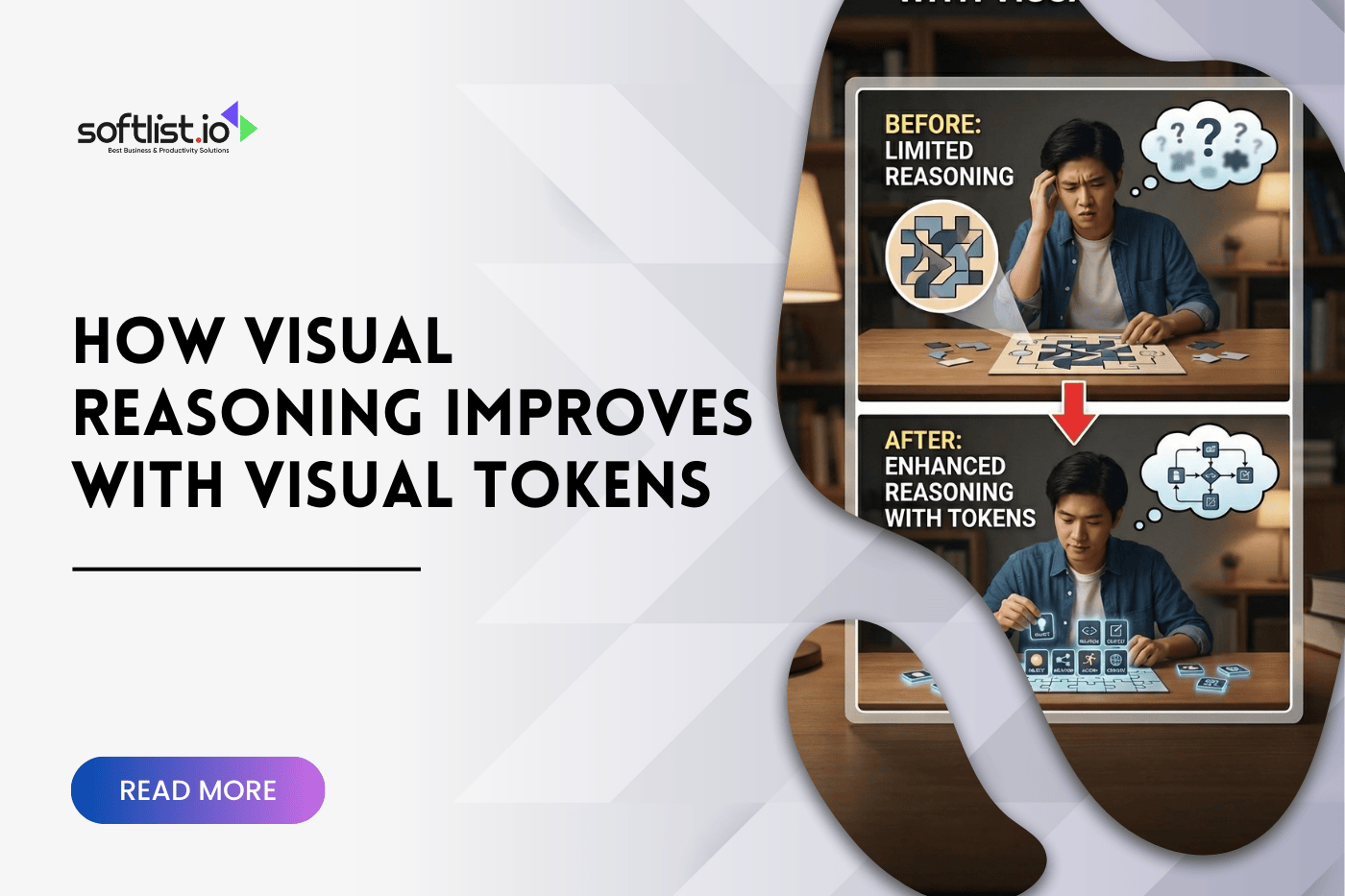Multiple listing service (MLS) software is incredibly popular in the United States, so demand for real estate MLS software development is also very high. According to the Real Estate Standards Organization, there are about 540 MLS systems in the US.
Canada ranks second with just 35 MLS systems. While other countries have even fewer, we see huge potential for the MLS model to grow globally, making the development of MLS software a profitable venture in many markets.
This article is perfect for those wanting to learn the basics, such as what is an MLS Software Development in real estate, their impact on the market, and how they can be monetized. If you’re here for guidance on building your own MLS software and want to know the approximate development costs, we cover those topics too.
Welcome to our comprehensive guide to real estate MLS software development!
How Do Multiple Listing Services Benefit the Real Estate Industry?
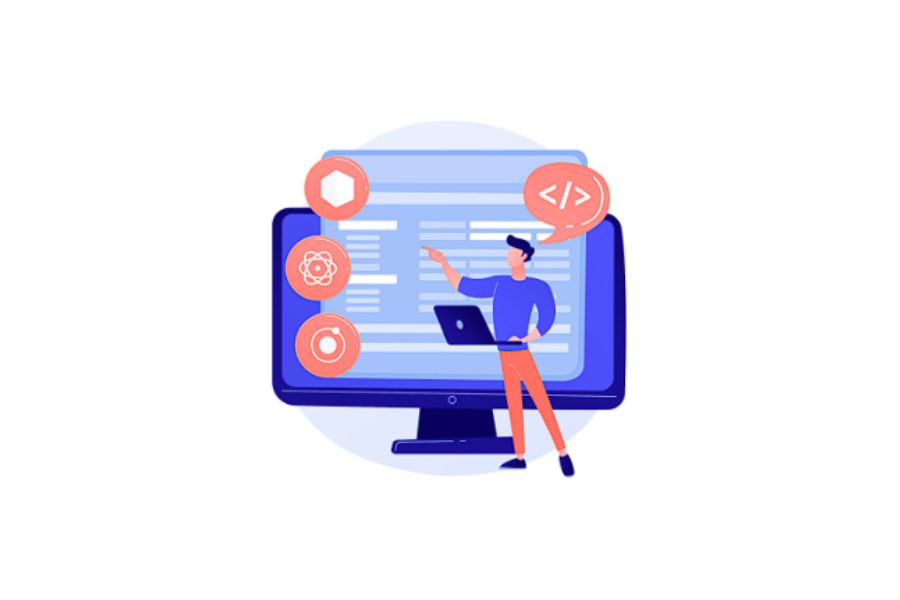
Let’s begin with explaining what is an MLS: a multiple listing service is a centralized database of properties for sale in a specific area. It’s considered centralized because an MLS is usually managed and regulated by a professional organization like a local Realtor association.
The idea behind an MLS is to encourage cooperation among real estate agents, boost healthy competition, and provide home buyers and sellers with access to a larger market.
Here are four key benefits of an MLS:
- Cooperation and Commission Sharing: Buying and selling agents can work together and share commissions from sales, which helps them close deals faster and diversify their income.
- Level Playing Field: Small real estate companies and individual agents can compete with larger firms because they all have access to the same database of properties, allowing them to offer more to their clients.
- Increased Visibility for Sellers: Homeowners can’t list their homes directly on an MLS; only associated agents have access. This encourages sellers to work with trusted real estate agents to make their properties visible to more potential buyers.
- Market Transparency: MLS systems make the real estate market more transparent, helping property managers and agents spot trends and analyze market data.
As you can see, MLS Software Development support the overall growth of the real estate industry and provide numerous benefits to agents.
Differences Between an MLS and a Real Estate Marketplace
At first glance, a real estate multiple listing service may seem similar to a real estate marketplace, but they are different. Here are the main differences:
| Feature | Multiple Listing Service | Real Estate Marketplace |
| Access to Listings | Only associated agents can access listings, usually for a fee. | Listings are available to everyone, including homeowners and buyers. |
| Listing Management | Only association members can create and edit MLS listings. | Both real estate agents and homeowners can create and manage listings. |
| Information Relevance | Listings are kept up to date with accurate status and price. | Information is often outdated or inconsistent, and listings may be duplicated. |
| Security | All properties are inspected and approved by a real estate agent, ensuring legitimacy. | No approval process, so scam listings may appear. |
Some real estate marketplaces sync with MLS databases for broader reach. However, the information relevance may still suffer because marketplaces often fail to update listing statuses and prices promptly.
Additionally, certain MLS databases allow integrations with external websites, enabling real estate companies and brokers to list properties on their websites for a fee.
Types of Multiple Listing Services
A multiple listing service for real estate is typically owned and managed by a local association of real estate professionals. Most MLS Software Development are general-purpose, listing all types of properties for sale or lease in a region. However, there are also special-purpose MLS systems that focus exclusively on one type of property, such as:
- Luxury homes
- Commercial properties
- Vacation rentals
- Farms and ranches
Even if your region already has a conventional MLS Software Development, you can create a specialized service, like one for farms and ranches. While the market may be narrow, catering to a niche audience can increase your chances of success.
MLS as A Business Model

Source: Canva Pro
Imagine your MLS as a bustling marketplace, not just any old flea market, but a grand bazaar brimming with opportunities to rake in some dough while helping the real estate world spin a little smoother.
Here’s how the cash register rings:
- Subscription Fees: Think of this as your club membership. Agents line up, pay their dues monthly or yearly, and get the golden key to the treasure trove of listings. Sometimes, this fee gets bundled up with those hefty real estate association dues, but hey, it’s worth every penny for the exclusivity.
- Listing Fees: Here’s where it gets interesting. Want to showcase a property? That’ll cost you. It’s like buying a premium spot at a concert. The better the visibility, the higher the fee. And if you’re a high roller with a fancy membership, maybe you’ll snag a discount.
- Transaction Fees: Sold a house? Ka-ching! A slice of that sale pie goes right into the MLS’s wallet. It’s like a finders-fee; no treasure hunt needed, just good old-fashioned teamwork.
- Data Licensing: Ever seen those flashy real estate websites with all the listings? They pay a pretty penny for the privilege, monthly fees to flash your MLS data on their screens. It’s like renting out billboards for digital eyeballs.
- Additional Services: And it doesn’t stop there. Think of these as the cherry on top. Marketing, advertising, networking, professional training—you name it. It’s like offering a full-course meal when everyone thought they were just getting snacks
Compliance Requirements
Before starting your MLS Software Development, understand the laws and regulations in your region, including:
- Data Privacy Laws: Ensure compliance with laws like the GDPR in the EU or the CCPA in the US to protect sensitive information.
- Fair Housing Laws: In the US, comply with the Fair Housing Act, which prohibits discrimination in real estate transactions.
- Antitrust Laws: Avoid anti-competitive practices and promote fair competition.
- Intellectual Property Rights: Respect copyrights, trademarks, and database rights.
Stages of MLS Software Development

Source: Canva Pro
Kick-off with Discovery: Picture yourself preparing for a mountain trek. You wouldn’t just bolt out the door; you’d plan, right? That’s your discovery phase. Grab a cup of coffee with your in-house team or an MLS software development services provider—made up of a business analyst, software designer, architect, and QA engineer—and map out your terrain.
You’ll sketch the blueprints, cook up an interactive prototype, and plot out the product requirements. It’s about getting your ducks in a row before the big splash.
Diving into MVP Development: Next up, roll up your sleeves for the MVP (Minimum Viable Product) development.
Think of it as your opening night but on a smaller scale—just the essential features like user management, listing creation, search functionality, and a messaging system. It’s like the pilot episode of your favorite series; enough to hook you but leaving you wanting more.
Ongoing Maintenance: After the curtain rises, the show must go on. Post-launch, it’s all about keeping the lights on and the audience happy. This means squashing bugs, sprucing up the system with updates, and tuning its performance like a well-oiled machine. Regular check-ups and backups are your best friends here, ensuring that every night is a smash hit.
Cost of Custom MLS Software Development
The cost varies by stage:
- Discovery Phase: Think of this as your ‘appetizer’—it’s lighter on the wallet but sets the stage. Costs start at around $12,000 for a quick 3–5 week exploration, or you can opt for the deluxe version at $25,000, taking a leisurely 8–10 weeks.
- MVP Development: Here’s your ‘main course’, and it’s heftier, starting at $100,000. But hey, you get what you pay for, right? This stage is like crafting a bespoke suit; tailored perfectly and taking about 3 months or more.
- Maintenance: Consider this your ‘tip jar’. The costs are a bit like jazz; they improvise based on what’s needed, generally billed by the hour.
Conclusion
Think of launching your MLS Software Development like planting a garden in your backyard. First, you need to scope out the landscape—what’s already growing and thriving? This means sizing up the competition. If you’re the first or one of the few, you’ve got fertile ground to cultivate something unique.
Next, don’t just grab your gardening tools and dig in. Check the local gardening rules—these are your real estate regulations. Bring in a seasoned legal gardener (your expert attorney) who knows what seeds can be sown and ensures everything from your privacy hedges to your property lines is above board.
And who’s going to help you tend this garden? You need green-thumbed pros—developers with a knack for real estate. Choose a team that’s not just technically adept but understands the seasonal shifts of the real estate market. After all, the best gardens don’t just sprout overnight; they require care, patience, and a lot of savvy nurturing.
Finally, be ready to adapt. Just as gardeners tweak their strategies based on weather and growth patterns, you should be flexible with your business model and technology, ready to prune or fertilize as conditions change.
With careful planning, a clear understanding of the legal landscape, and the right team in place, your MLS software development can bloom into a thriving digital ecosystem.



